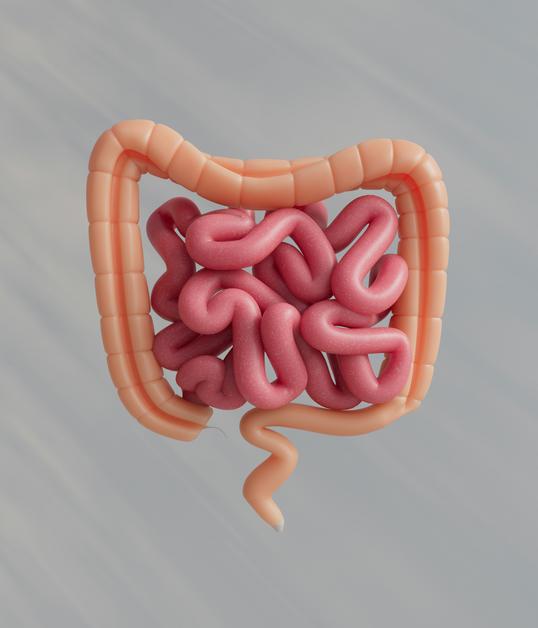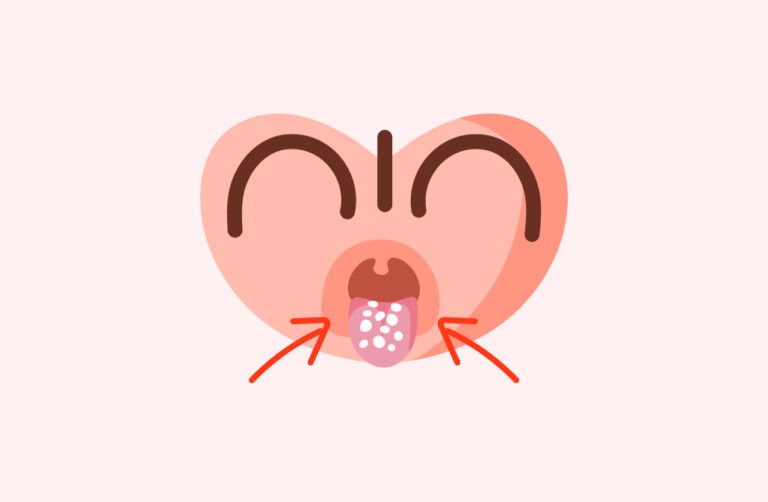Sometimes, the joy of holding your newborn close, feeling that soft warmth pressed against your skin, can be slightly overshadowed by a biting discomfort—a soreness that seems to pinch right through the moment. Does the pain of breastfeeding nipple cracks leave you pausing each time your baby roots for a feed? So many parents wrestle with the irritation, sharp tingle, or raw surface on the nipple in those first weeks. Is it just a normal part of breastfeeding? Or is there a way out of this discomfort? Here, you’ll find practical insights to decode the why, the how, and—most importantly—the what next: exploring causes, warning signs, soothing methods, and the subtle details that turn wincing pain back into peaceful feeds.
Understanding breastfeeding nipple cracks: patterns and origins
Is it simply dryness, or is there something more at play? The landscape of breastfeeding nipple cracks is complex, woven out of both biological and mechanical threads. A red, flaky patch one feed, then an outright fissure the next. Sometimes it stings like a fresh cut, occasionally it throbs deep inside after your baby unlatches. What gives rise to these unpredictable wounds?
- Improper latch and suboptimal positioning sit right at the forefront, introducing repeated friction against the tender skin. Each shallow latch acts like tiny sandpaper strokes.
- Flattened or inverted nipples present structural complications, making a soft tissue area more vulnerable to injury. It’s not rare for a mother with these anatomical variations to experience persistent cracks.
- Even engorged breasts—those painfully taut early days—can frustrate your baby’s efforts to grip the areola, creating a cycle of bruising tension.
- A less discussed but key factor: tongue-tie (ankyloglossia). This subtle restriction, where a baby’s tongue is tied down by a short frenulum, can sabotage smooth latch, drawing extra strain to the nipple with every suck.
- Closer to the skin level, eczema, dermatitis, or simple skin dryness (sometimes worsened by washing with harsh soaps) can render the nipple’s protective barrier fragile.
- Let’s not forget the background actors: rough nursing pads, tight or synthetic bras, abrasive clothing—all amplifying daily friction.
Each of these influences, alone or stacked together, can tip the balance, breaking down the skin’s natural defenses. And once the breastfeeding nipple cracks have appeared, the risks compound: open fissures create perfect entry points for bacteria or fungi, occasionally leading to infections like mastitis or thrush. The cycle of pain and worry begins.
Symptoms and when to act: recognising the warning signs
It might start quietly—a tender spot, a faint burning. Then the signs escalate:
- Skin evolving from redness to open fissures or flaking
- Pain—sharp, burning, or deep—during, after, or even between feeds
- Swelling, sometimes shiny or accompanied by small blisters
- Oozing, bleeding, or the appearance of yellowish crusting
Sometimes, discomfort lingers long after feeds. If the cracks worsen, discharge pus, or your nipple feels unusually warm or red, those are the neon signs pointing to infection. Add in fever or flu-like symptoms, and it’s time for swift intervention. Is your baby suddenly fussier, failing to gain weight, or rejecting the breast? These can also be downstream effects from persistent breastfeeding nipple cracks.
Prevention: preserving comfort and protecting your breastfeeding rhythm
Why let the cycle begin if it can be interrupted early? Prevention rests on striking a balance between gentle care, correct technique, and awareness of your own body’s signals.
Sharpen latching technique
- Always aim for a deep latch: baby’s mouth wide, lips flared, chin pressing into the breast, more areola in than just the tip.
- Vary breastfeeding positions: try cross-cradle, football hold, or side-lying styles to distribute pressure and reduce constant stress on one part of the nipple.
- If baby tends to shallow latch, support their back, neck, and head so they’re aligned and facing the breast straight on—no twisting or extra stretching needed.
Nurture the skin barrier
- After each feed, let nipples air dry. Avoid overzealous wiping or aggressive cleaning.
- Harsh soaps, scented lotions, and chemical-laden creams? These dry out and irritate.
- Express a few drops of your own milk, gently pat it on cracked skin: breast milk carries healing and antibacterial properties.
- Apply a thin coating of medical-grade lanolin to maintain flexibility and prevent scab formation.
- Rotate breast pads frequently, choosing natural fibres and ensuring moisture isn’t trapped against the skin.
- Loosen your fit: a bra that compresses, or synthetic materials, can worsen friction and trap sweat.
Gentle management of fullness and equipment
- Nurse or pump every 2-3 hours to avoid overfilling, which makes latch tough for baby and ups the risk of micro-trauma.
- If breasts are taut, gently hand-express a small volume before feeding—this softens the target area and helps baby latch effectively.
- Use only a well-fitted pump flange and soft suction; replace old pump parts to avoid accidental abrasion.
And, if anatomical quirks like tongue-tie or inverted nipples are in play, seek advice promptly. Sometimes a simple professional suggestion unlocks lasting comfort.
Repair and relief: strategies for healing breastfeeding nipple cracks
Once cracks rear their head, what next? Fortunately, the nipple is designed for quick regeneration—if the right support is in place.
- At home, you can continue applying your own breast milk after every feed.
- Keep up with lanolin-based cream—this creates a subtle barrier while allowing air and healing factors to reach the crack.
- For lingering pain, try a warm compress before feeds (promotes blood flow) or a cool pack after (tempers swelling and burning).
- Hydrogel pads offer a moist healing environment. Use briefly to avoid excess dampness, which can foster yeast.
- If the skin feels especially raw, short-term use of a silicone nipple shield may be helpful—always under medical or lactation guidance, since improper use can influence milk transfer.
Pain that overwhelms despite these steps—especially if feeding itself becomes torturous—calls for professional help. Persistent, worsening cracks or any suggestion of infection (pus, fever, pronounced redness) may warrant targeted creams: antibiotic for bacteria, antifungal for thrush.
A parallel focus: maintain your milk supply. Even if direct breastfeeding is impossible, gentle hand expression or pumping (at the lowest effective suction, right flange size) keeps your supply steady for the return to pain-free feeding.
Emotional fatigue is real. Ask for support—from a lactation consultant, a support group, or even a trusted friend. Sharing experiences sometimes dulls the sharpness of this challenge.
Mastering the latch and positioning game
Does the right hold really save your skin? Quite often, yes. Angle baby’s belly-to-belly with yours, nose at nipple height, chin pressing in, mouth wide open. A shallow latch drags the nipple along the hard upper palate, causing trauma. A deep latch cushions the nipple against soft tissue.
If you must unlatch, never pull abruptly. Slip a clean finger into the corner of baby’s mouth to gently break suction first—this single act can prevent further tearing.
Alternate positions throughout the day. Tracing the same route with every feed can create pressure points and repetitive micro-injury.
Structural challenges like tongue-tie or flat nipple remain especially tricky—here, nothing replaces the nuanced eye of a lactation consultant for tailored strategies.
Breastfeeding and pumping with nipple cracks: preservation amidst pain
Is the pain too much? Many parents naturally ask whether to switch to pumping or stop altogether for a few days. Generally, continuing to breastfeed—even with cracks—is both safe and beneficial for healing, provided infection hasn’t set in.
- Begin feeds on the less sore side to trigger the letdown, then offer the more tender side, shortening feeds if necessary.
- If pumping is required, keep sessions to your baby’s usual frequency, use a gentle setting, and don’t exceed 15-20 minutes to avoid further strain.
- Moisturize post-feed, shield the sore area with hydrogel or lanolin, and air dry between sessions.
If intense pain or repeated injuries persist, re-evaluation by a healthcare professional is indispensable.
When to call for professional support
How do you know the time has come for outside input? Don’t delay if you notice:
- Persistent, spreading cracks beyond a week with home care
- Signs of infection—redness, pus, fever, warmth
- Pain that disturbs your bond or your sleep
- Trouble establishing a latch, or concerning changes in your baby’s feeding or weight patterns
- A growing sense of anxiety or emotional exhaustion related to feeding challenges
Lactation consultants, paediatricians, and breastfeeding support groups are well-versed in these struggles. Reaching out opens the door to solutions you might not have considered.
Myths and realities about breastfeeding nipple cracks
Myth: Persistent nipple pain is just part of the breastfeeding experience.
Fact: Minor discomfort in the first few days is common, but ongoing pain signals a tweak is needed—often in latch or position.
Myth: All creams are safe for cracked nipples.
Fact: Only specific, medical-grade products are considered safe for babies—many OTC lotions or home remedies contain fragrances or chemicals that can worsen irritation.
Myth: You must stop breastfeeding if cracks are bleeding.
Fact: Most parents continue with care, with no risk to the infant, as long as infection is ruled out and proper healing measures are in place.
Myth: Cracks self-heal even if nothing is changed.
Fact: Addressing latch, technique, and skin care is essential; otherwise, damage continues.
Key Takeaways
- Breastfeeding nipple cracks may feel inevitable, but small steps—perfecting latch, rotating positions, protecting the skin—can prevent or limit the issue.
- Use proven remedies: lanolin cream, your own milk, and gentle compresses—all support fast, safe healing.
- Medical intervention is needed when cracks deepen, show infection, or simply refuse to heal within a reasonable timeframe.
- Milk supply and emotional well-being matter too; don’t let discomfort sabotage what can be a deeply meaningful journey.
- For specialised advice, community support, or personalised health questionnaires for your child, download the Heloa app. Immediate advice and local groups can offer a lifeline in challenging times.
Questions Parents Ask
Can you still breastfeed if your nipples are cracked and bleeding?
Yes, for many families, breastfeeding nipple cracks—even with some bleeding—do not automatically require stopping. Breast milk itself contains healing agents, and the core treatment involves correcting latch and protecting the area. However, if pain becomes sharp or intolerable, or if you see clear signs of infection (like pus, ongoing fever), consult a doctor or lactation counsellor. The comfort of both parent and child is essential, and guidance can adjust routine for rapid relief.
How can you tell if a cracked nipple is infected?
Suspicious your breastfeeding nipple cracks have become infected? Redness spreading around the base, rising warmth or swelling, pus, yellow discharge, or a fever—these are all tell-tale signs. Sometimes, parents experience a deep ache or flu-like feeling as well. If you spot these features, taking quick medical advice ensures safe, speedy treatment.
Are there ways to relieve pain from cracked nipples quickly?
Short-term comfort can be restored. Try gentle surface applications: a drop or two of your own breast milk on the nipple, let it air dry, then a dab of lanolin or a soothing hydrogel pad. Before feeding, a warm compress eases stiffness, while after, a cool pack can soothe throbbing stings. Adjusting latch and feeding style—sometimes with help—helps the most: a good latch reduces further skin damage and pain decreases over time. Patience and consistent care carry you back to painless, nourishing feeds.
Further reading:









